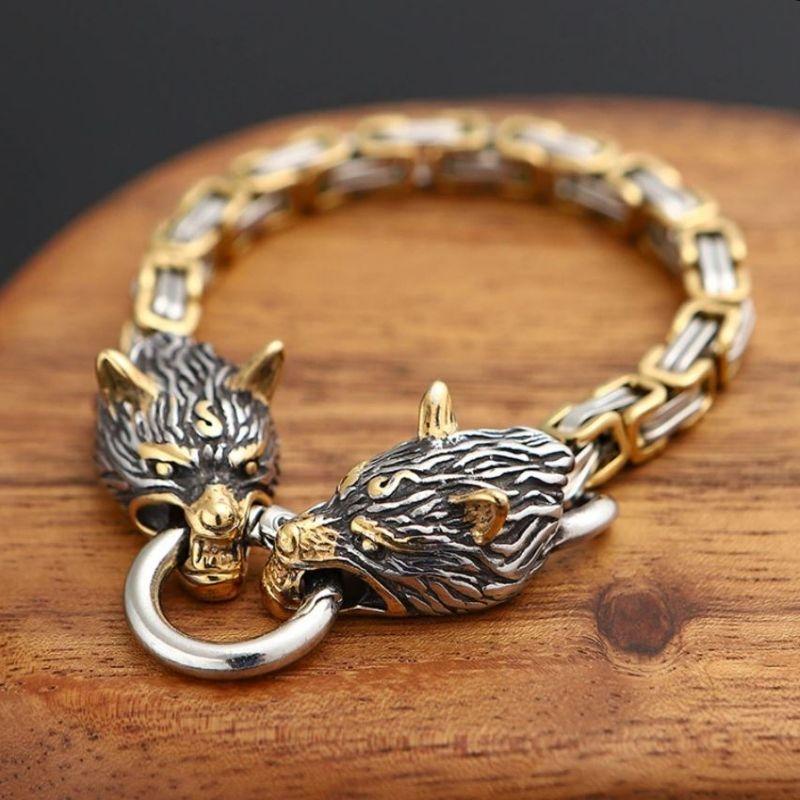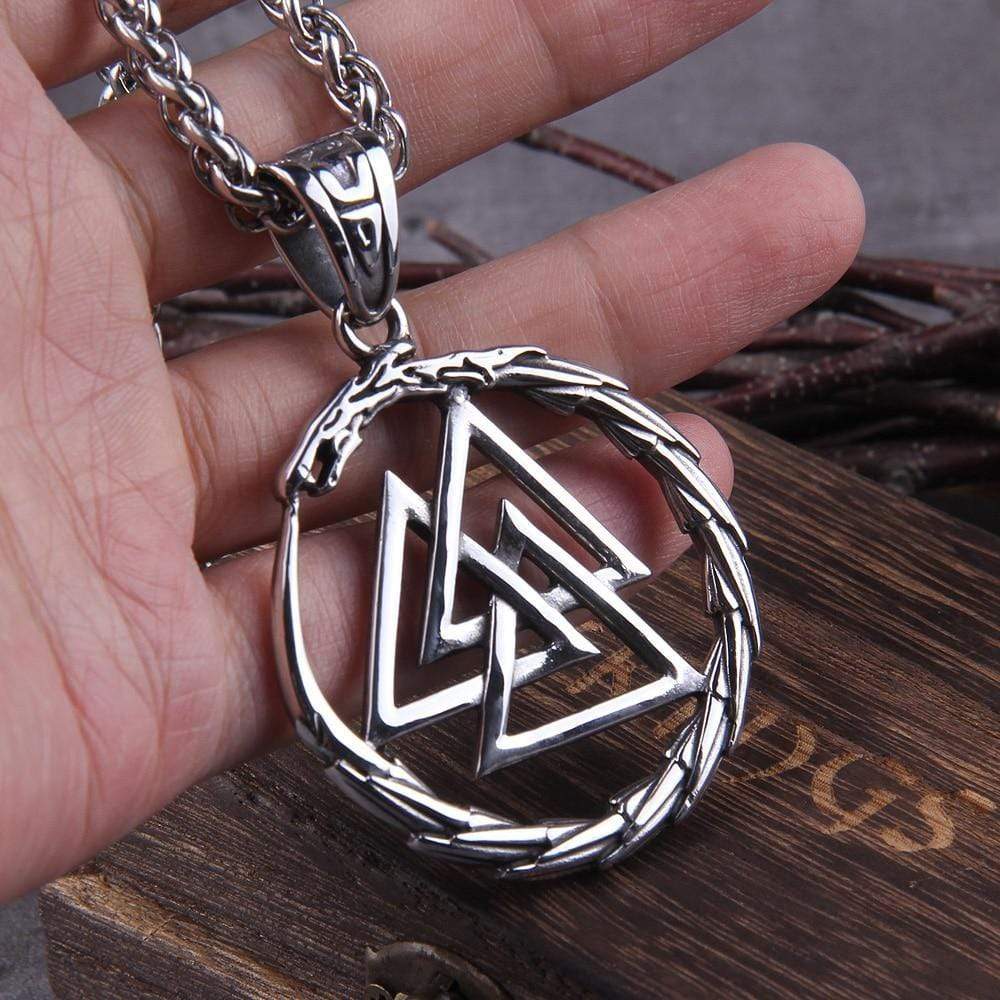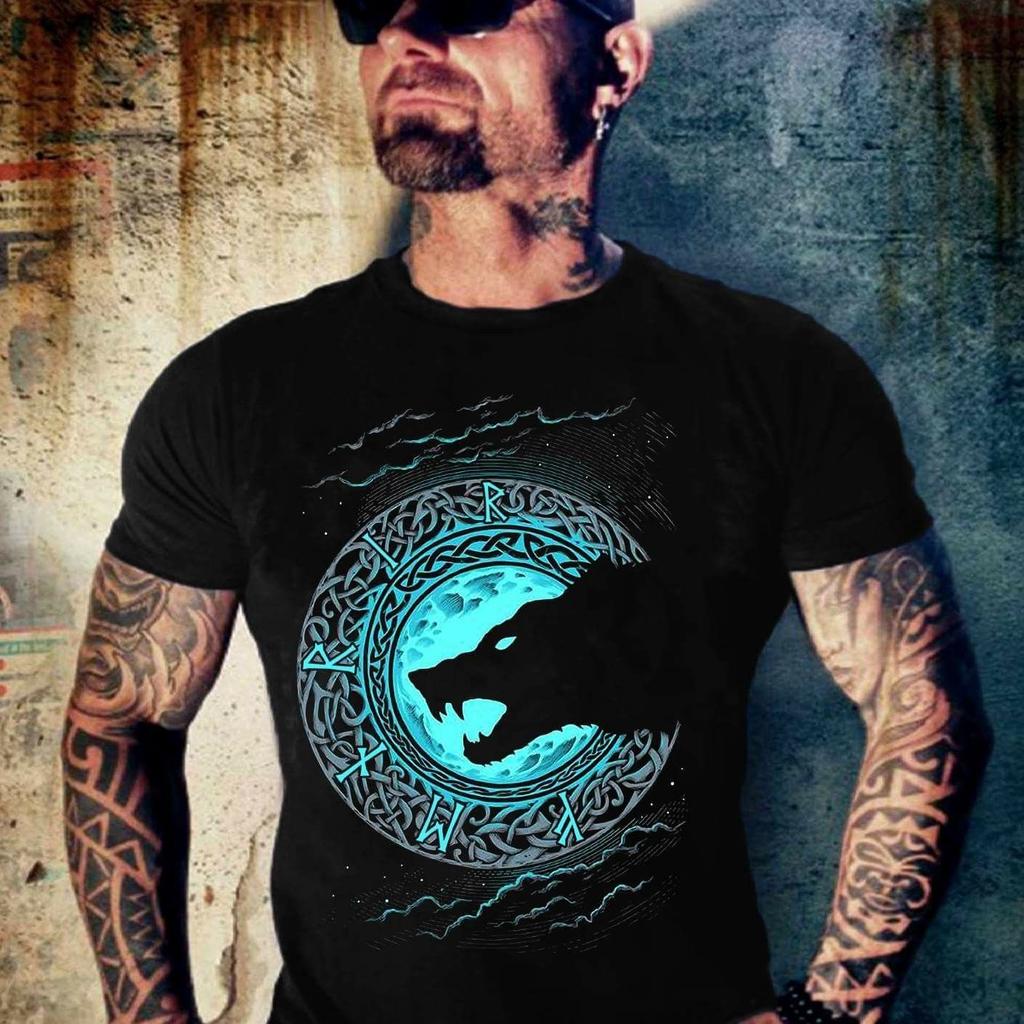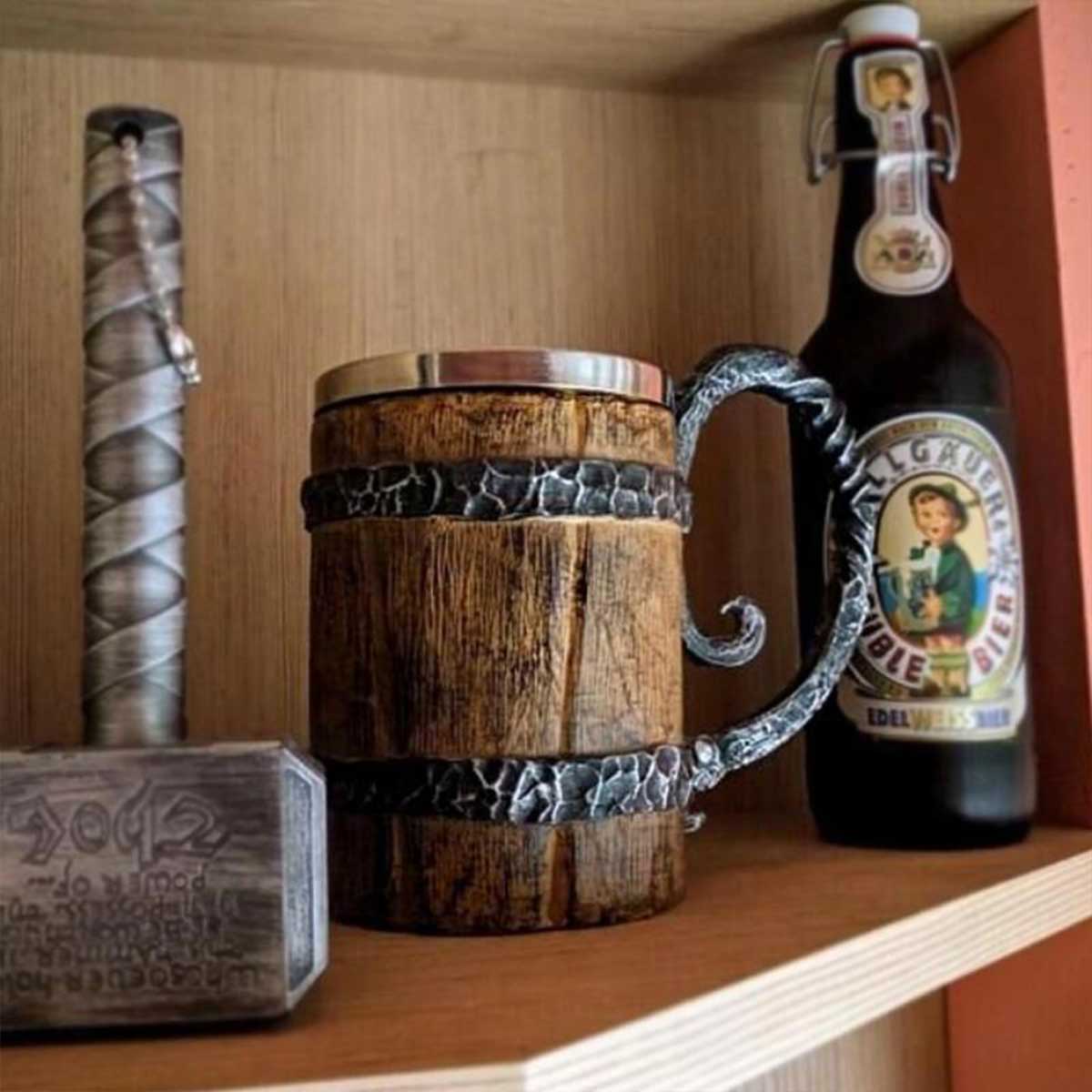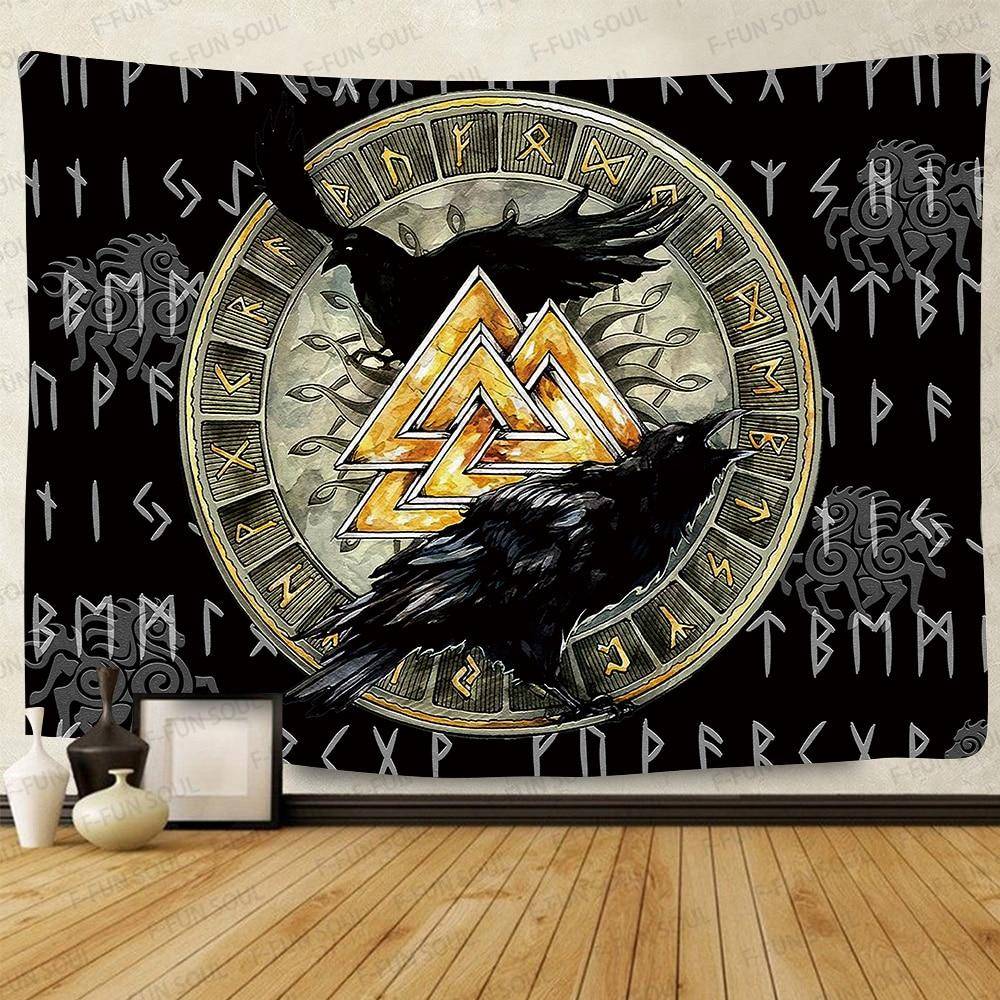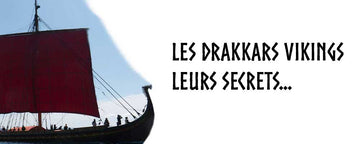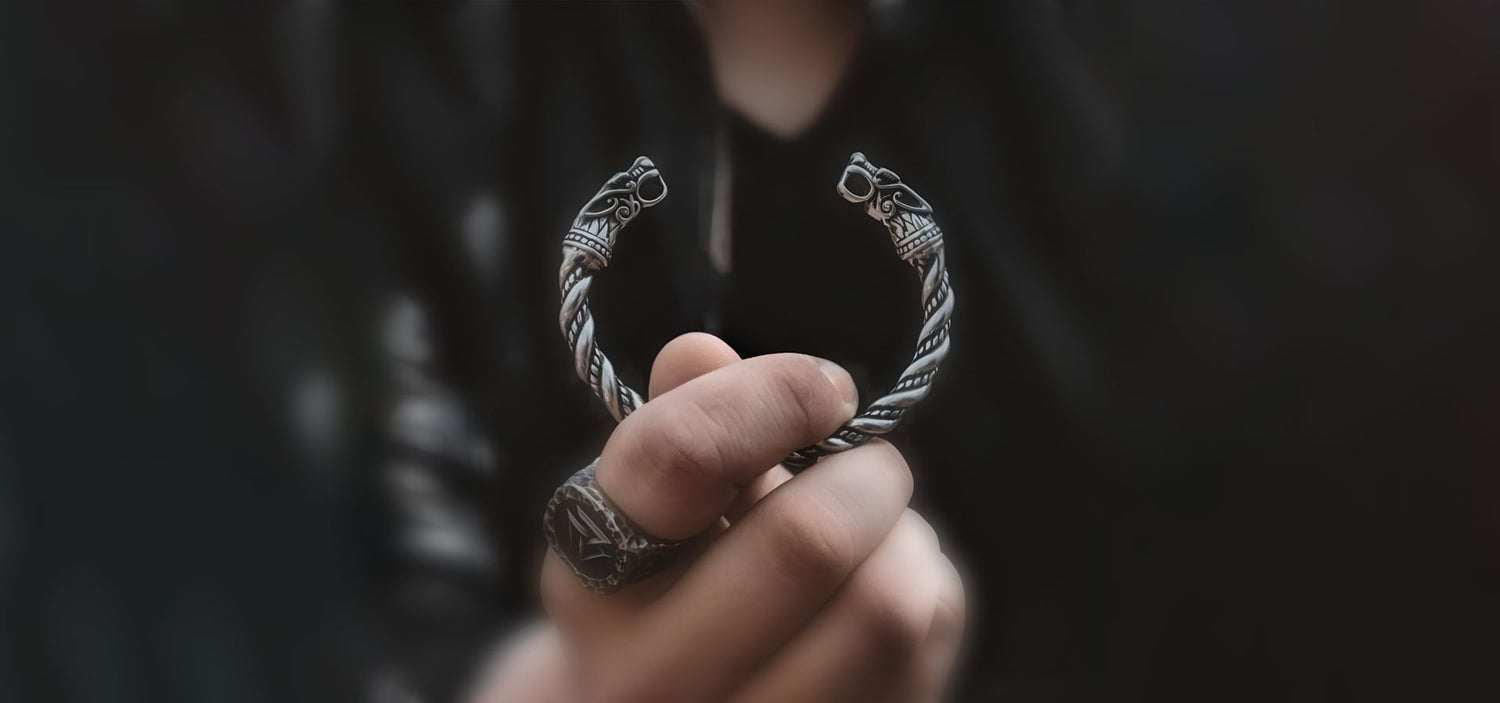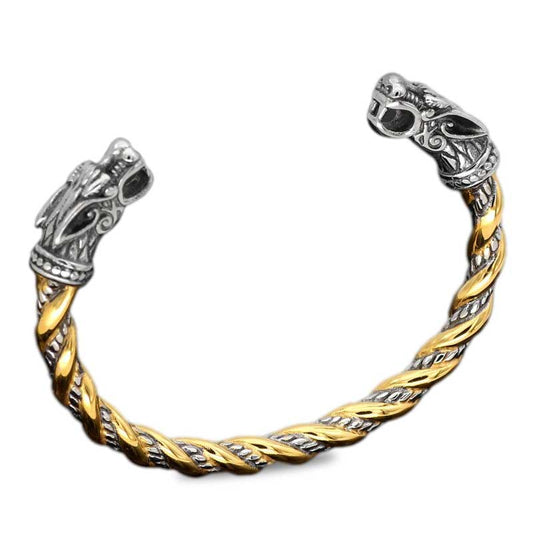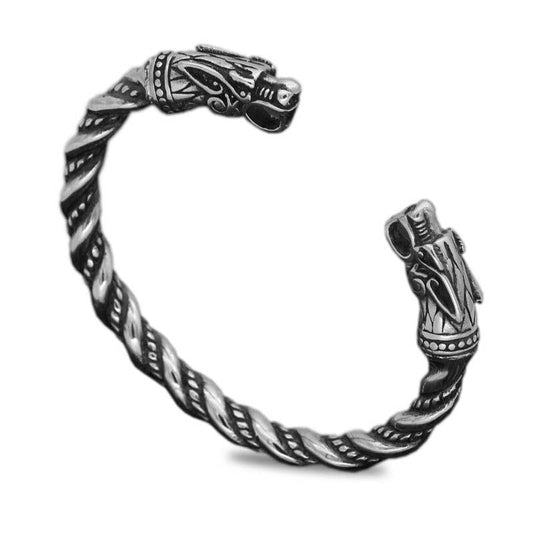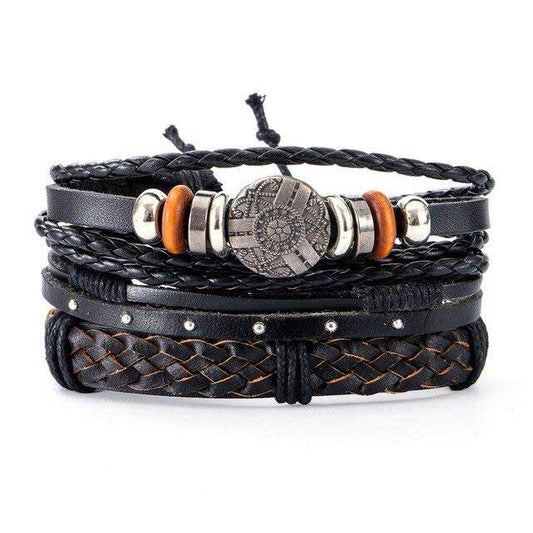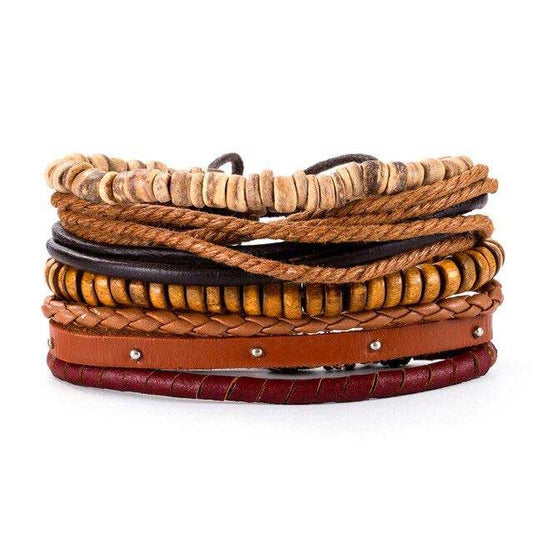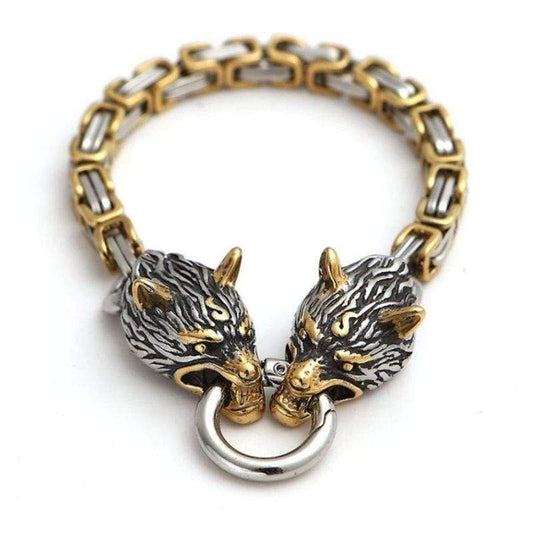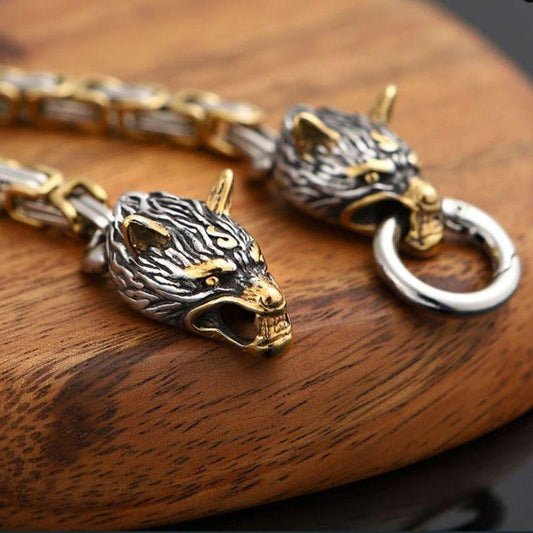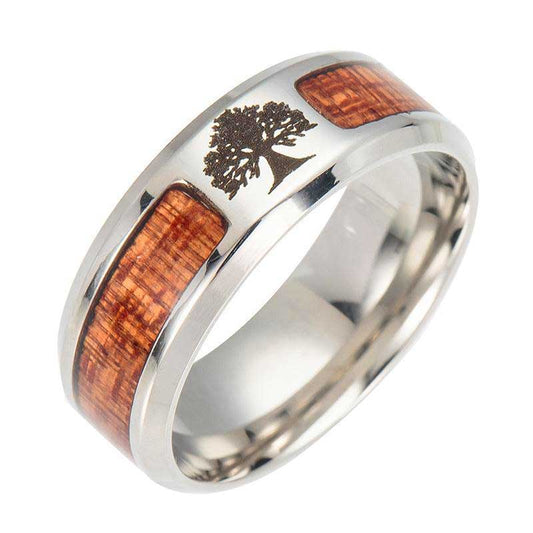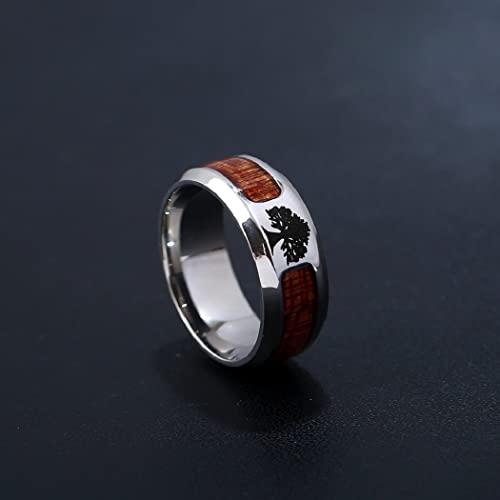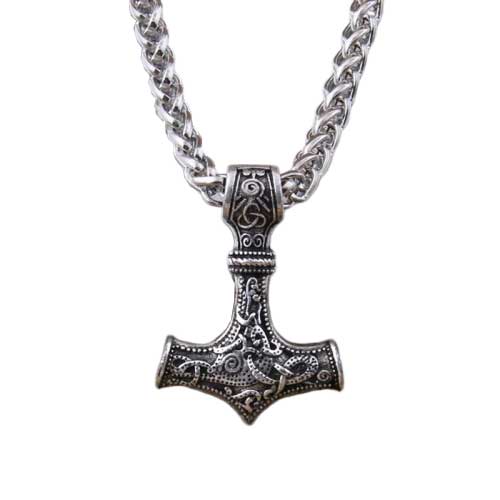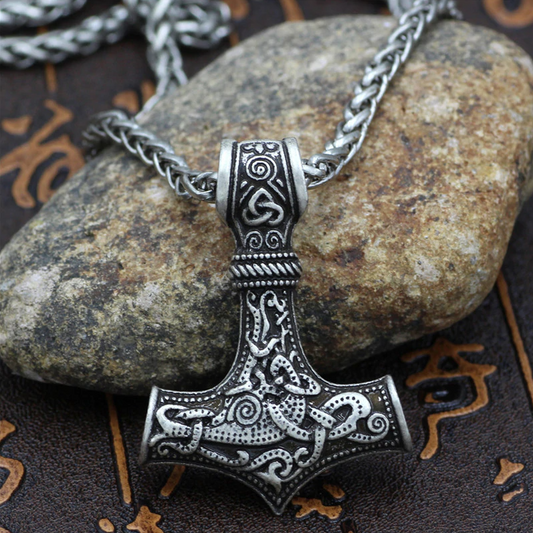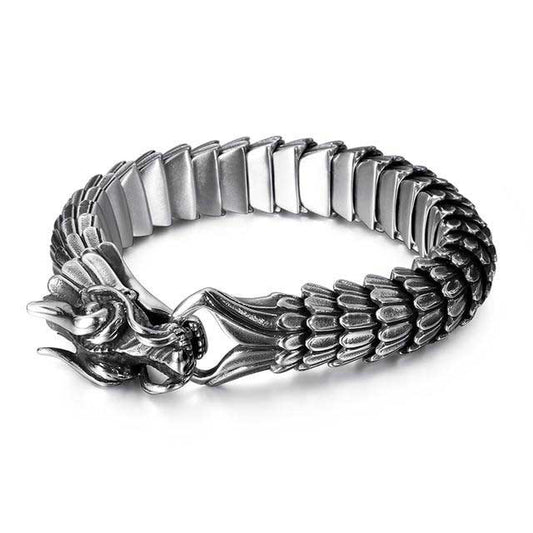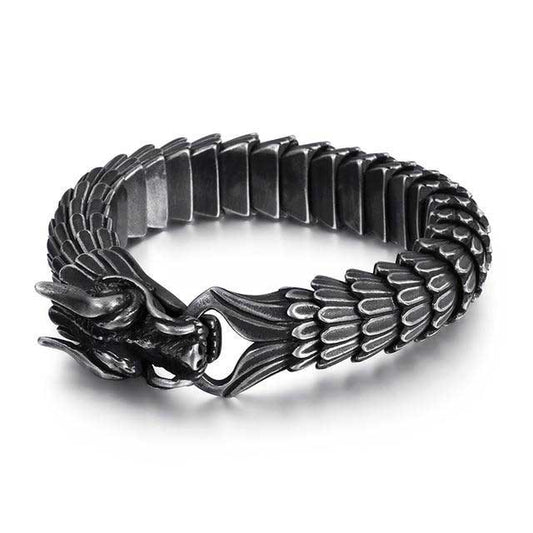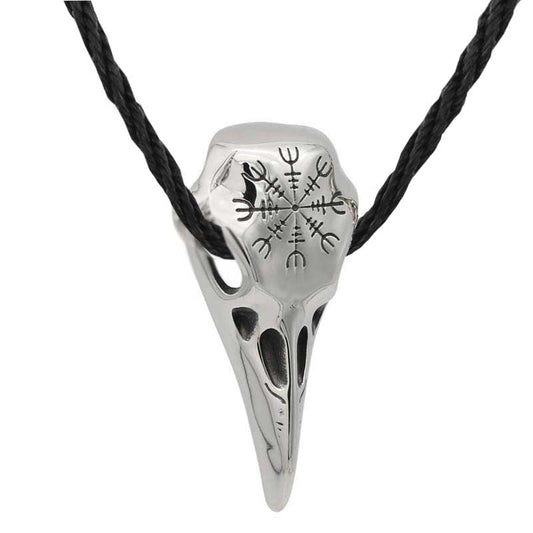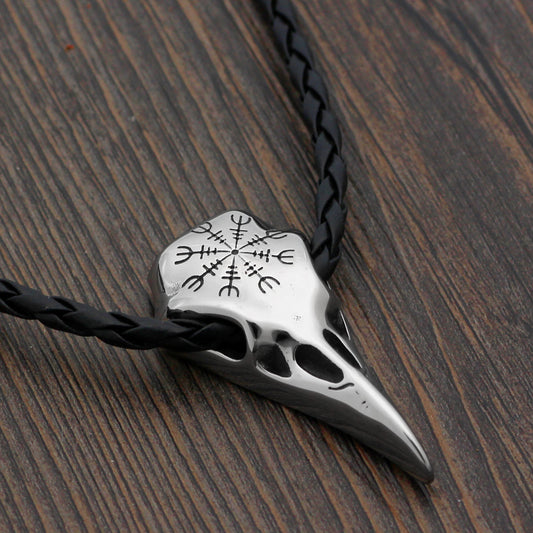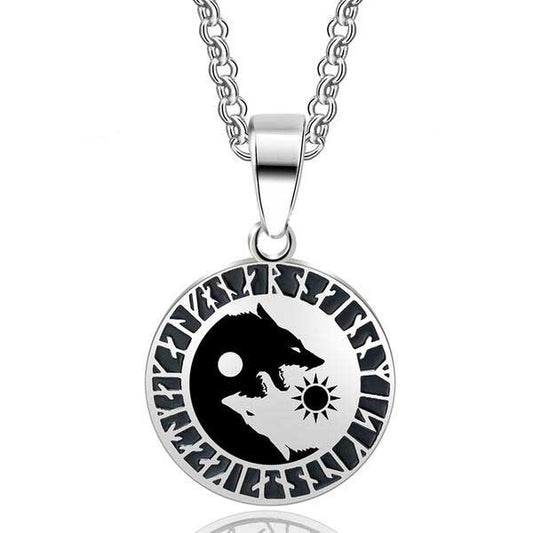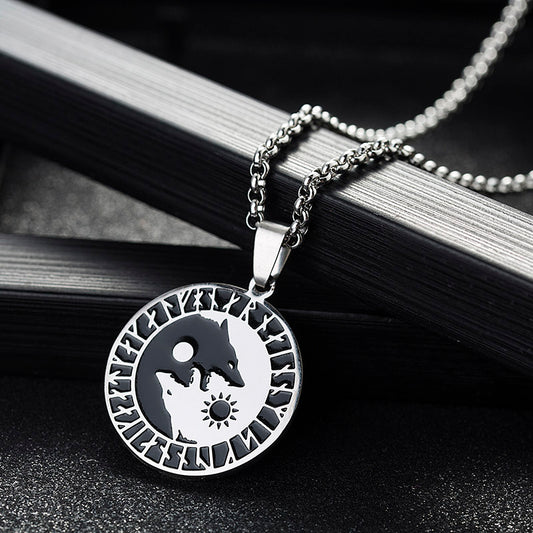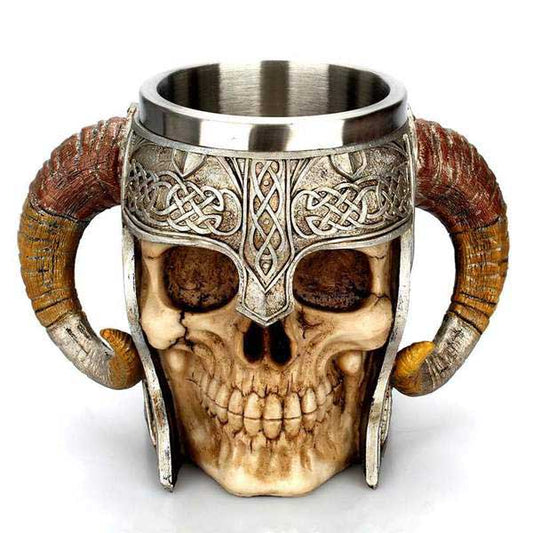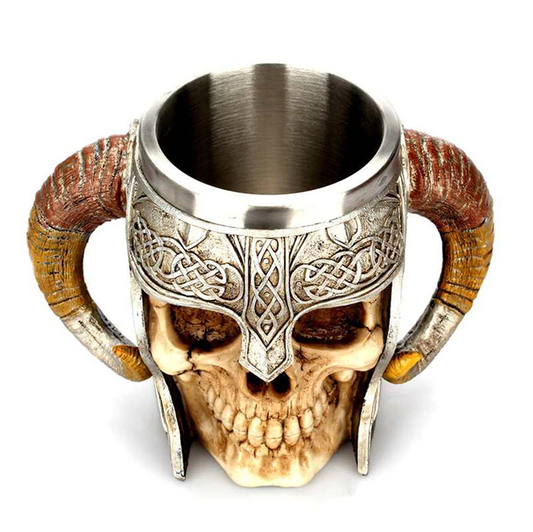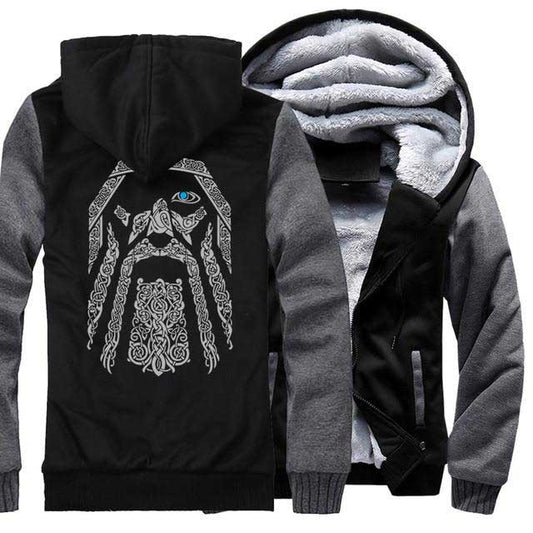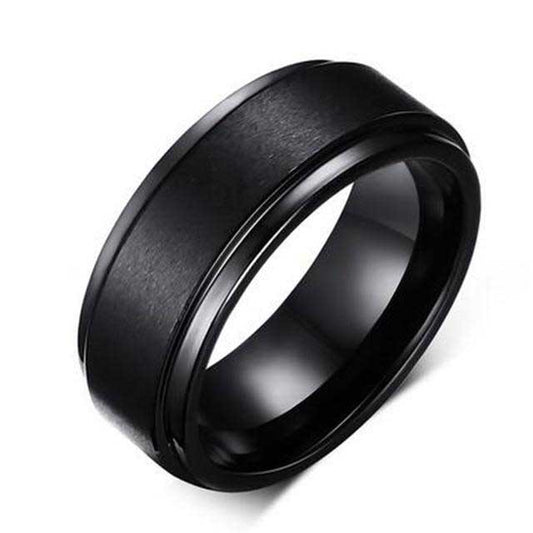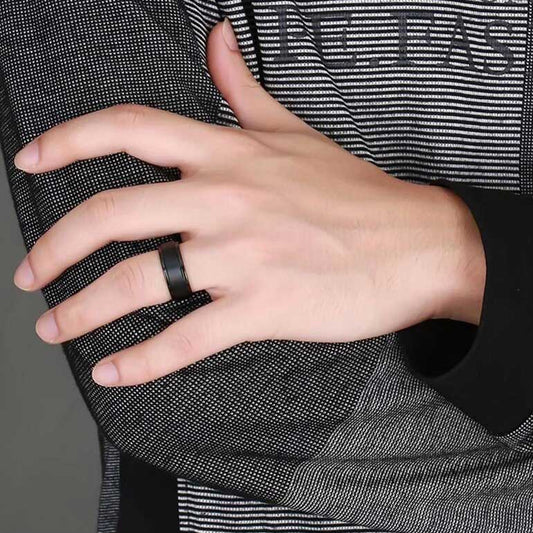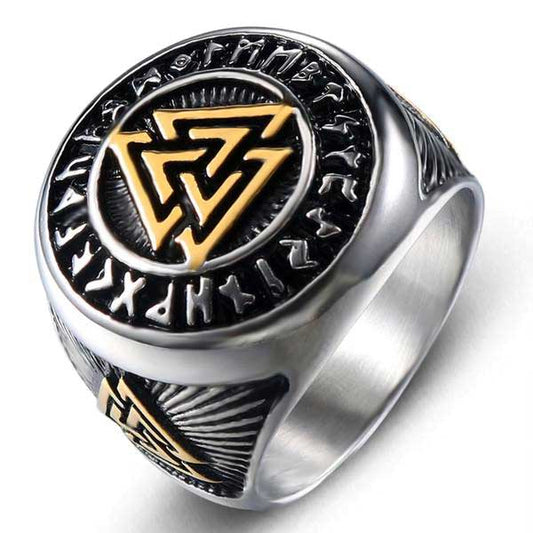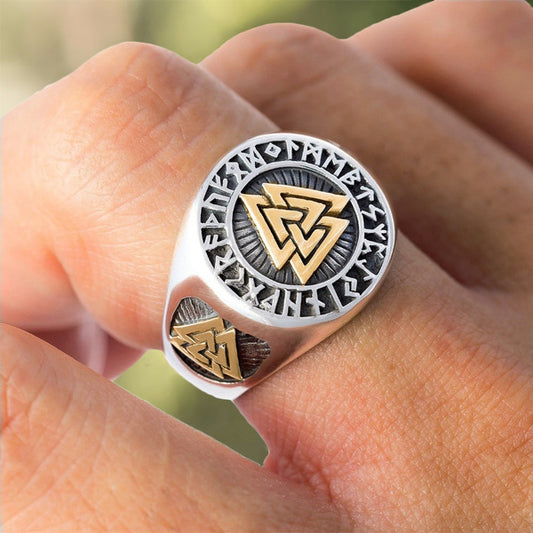We all know the Vikings for their famous conquests. Whether in England against the Anglo-Saxons, in France or even in Russia, their major asset was their boat. It is called the "Longship", in French "Drakkar" .
But why was this ship so important to the Nordic armies? What is the secret of this Viking ship that always gave them the edge over their enemies.
This is what we are going to discover in this article thanks to nine things to know about the Drakkars .
1. Their design has evolved over the years
The drakkars work thanks to the human force hand also thanks to the wind .
The design principles that led to the construction of Viking longships date back to the early Stone Age and the umiak (ancient watercraft of the Norse peoples). Initially, it was a large open boat. It was insulated with animal skins and used by the Yupik and Inuit over 2,500 years ago.
2. Viking ships were built using the clapboard technique.

The so-called "clapboard" method for shipbuilding is based on the overlapping and nailing of wooden planks, usually oak, which are nailed on top of each other. The spaces between the boards were then filled with tar wool and animal hair, sealing the ship.
3. Large ships could navigate in shallow waters.
A shallow draft made it possible to navigate in shallow waters. A Drakkar could indeed navigate when there was only one meter deep and thus land on the beach .
Thus, the Vikings could easily attack and plunder the coastal villages. And that in record time. They could also easily navigate the internal rivers of a region.

4. Their maximum speed was about 17 knots (32 km/h).
Speed varied from ship to ship, but it is believed that the best longships could reach speeds of up to 17 knots in favorable conditions.
5. Typical boats were adorned with decorative coins and heads.
Expertly carved animal heads often served as figureheads at the front of longships . Those of dragons and snakes were popular. They were designed to strike fear into the minds of people in the lands where the Vikings raided.

6. Drakkars combine the power of oars and wind
Fitted with several rows of oarsmen along their length, large longships also used a large square sail , woven from wool. Pilotage was provided by a single pilot oar at the stern of the ship.
7. They were two-way
Their symmetrical design fore and aft allowed large ships to reverse quickly without having to turn around. It was especially handy for navigating in conditions where the water turns to ice in front of you.
Additionally, it allowed Vikings to quickly leave a beach once a raid was made.
8. Longships allowed the Vikings to explore the world.
The extent of Viking exploration is remarkable. From North America in the west to Central Asia in the east, the Viking Age is defined by geographically extensive exploration that would not have been possible without such advanced shipbuilding.
9. The invention of the longship had a great influence
The Vikings' skills in shipbuilding accompanied their many journeys. Many of the ship's features were adopted by other cultures and continued to influence shipbuilding for centuries.
However, longships are not the only Viking ships. There are many others including several variations . To learn more, we have prepared a summary article for you explaining all the different types of Viking ships .
⚔️ For real Vikings, we offer jewelry, clothing and accessories on our shop.
At the moment many items are on sale!
Take advantage now and book your favorite.
> SEE DRAKKAR ARTICLES
Hail Odin!

